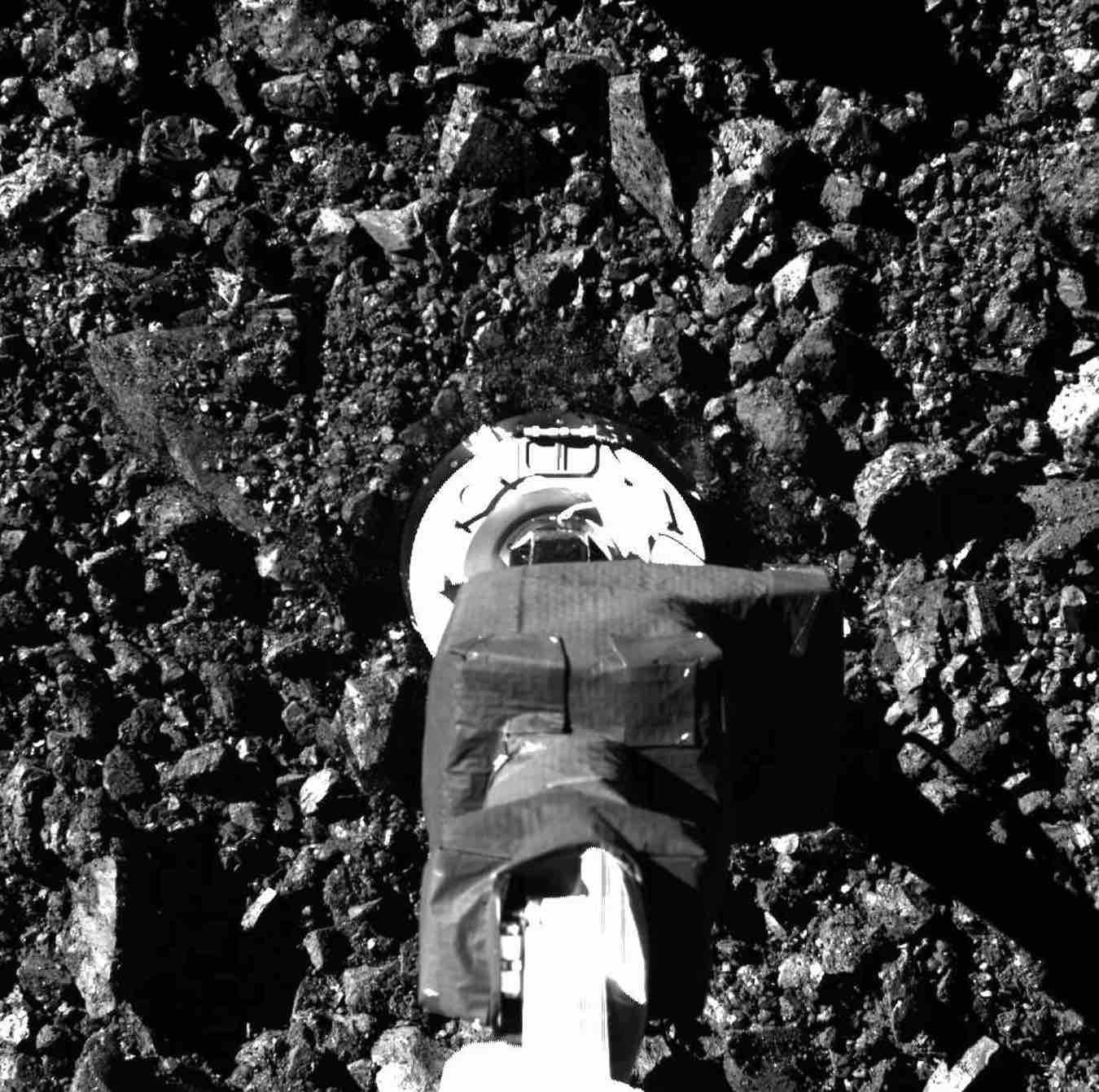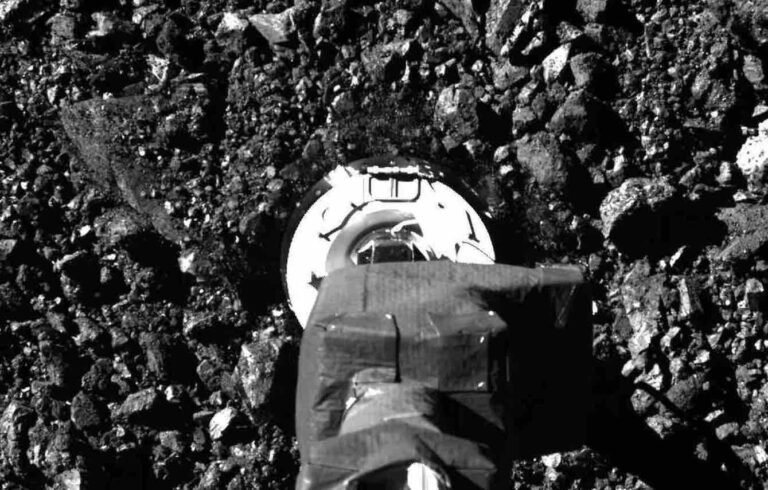“It feels like touching a piece of sky.”
These had been my words during a recent early television interview on the CBC News Network in Canada, where Natalia Kalata asked me about the significance of the recent Origins, Spectral Interpretation, Resource Identification, Security-Regolith Explorer (OSIRIS-REx) sample return mission from the asteroid Bennu.
When she then asked about the scientific implications, I explained that the sample return would deliver the ingredients of the early solar system and, just like a recipe for a cake, allow scientists to potentially recreate in the laboratory the origin of life on Earth. Understanding our cosmic roots offers an exciting opportunity to construct the scientific version of the story of Genesis.
The OSIRIS-REx spacecraft was launched in 2016 towards the near-Earth asteroid named Bennu. Its main mission to extend an arm out, land on the asteroid, and vacuum up materials from its surface, was successfully accomplished. It arrived at Bennu in 2018, collected 250 grams of Bennu’s rocky material in 2020, and began its return home in 2021 which ended just days ago on September 24, 2023.
Bennu is a water-rich asteroid with a mean diameter of half a kilometer, discovered in 1999. It is a building block left over from the early solar system, formed 4.6 billion years ago. Bennu’s composition was established within the first ten million years after the formation of the solar system. It likely broke off from a much larger carbon-rich asteroid in the Main Asteroid Belt between Mars and Jupiter and drifted closer to Earth since then, having a current orbital period of 1.2 years. Bennu is active, sporadically emitting particles and rocks. It may contain organic molecules similar to those that initiated life on Earth.


On September 22, 1999, Bennu passed within 2.2 million kilometers from Earth, and on September 20, 2005, it came back within 5 million kilometers from Earth. The next close approach within 6 million kilometers will be on September 30, 2054, and then within 0.75 million kilometers on 23 September 2060. Detailed calculations extending out to a century later suggest that Bennu has a tiny probability, 0.04%, of impacting Earth by 2196.
The OSIRIS-REx spacecraft released its sample capsule roughly 100,000 kilometers from Earth. The capsule travels for four hours before touching down in the Utah desert. From there, it will be taken by helicopter to a clean lab and transported to NASA’s Johnson Space Center in Houston, Texas, the next day. NASA plans to reveal the sample on October 11, 2023.
The future analysis of Bennu’s sample could potentially reveal prebiotic molecules – as found in the 5 grams of material retrieved from the asteroid Ryugu by Japan’s Hayabusa2 spacecraft in 2019 and analyzed in 2021.
This does not mark the end of the OSIRIS mission — its task has been extended and renamed OSIRIS-APEX (OSIRIS-APophis EXplorer). The spacecraft will fly by another asteroid named Apophis, a 370-meter rocky body that will come within 32,000 kilometers from Earth in 2029.
OSIRIS-REx epitomizes the ideal rendezvous with space objects, allowing scientists to learn about their nature and origin. This goal can be extended from solar system rocks to interstellar objects arriving near Earth from outside the solar system. Such visitors could inform us about distant environments that will take our spacecraft millions of years to reach. Probing them would echo the words sang by Judy Garland:
“Somewhere over the rainbow
Way up high
There’s a land that I heard of
Once in a lullaby”
Of course, some of these visitors might represent technological debris from other civilizations which are gravitationally bound to the Milky Way galaxy and accumulated in interstellar space over billions of years. They could appear in the form of space trash, resembling pieces of plastic in the ocean, or as functional devices.
The high speeds of interstellar objects make it challenging to land softly on their surface. As the Galileo Project team described in a recent paper, it would be easier to fly by near them and take their image with a high-resolution camera.
However, by accomplishing a successful landing on an interstellar object, we would be able to infer whether it is a natural rock or a spacecraft from another civilization. In that case, an image similar to the one obtained at touchdown by OSIRIS-REx could be displayed with a unique caption such as “Made on an Exoplanet.” If we notice any buttons on the object’s surface, all new questions will arise… which might even include the complicated decision as to whether our probe should perhaps extend its robotic arm and press one.
Avi Loeb is the head of the Galileo Project, founding director of Harvard University’s – Black Hole Initiative, director of the Institute for Theory and Computation at the Harvard-Smithsonian Center for Astrophysics, and the former chair of the astronomy department at Harvard University (2011-2020). He chairs the advisory board for the Breakthrough Starshot project, and is a former member of the President’s Council of Advisors on Science and Technology and a former chair of the Board on Physics and Astronomy of the National Academies. He is the bestselling author of “Extraterrestrial: The First Sign of Intelligent Life Beyond Earth” and a co-author of the textbook “Life in the Cosmos,” both published in 2021. His new book, titled “Interstellar,” was published in August 2023.

